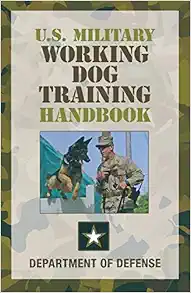
Description
From the Inside Flap In a situation where survival is at stake, plants can provide crucial food and medicine. Their safe usage requires absolutely positive identification, knowing how to prepare them for eating, and a solid awareness of any dangerous properties they might have. Familiarity with the botanical structures of plants and information on where they grow will make them much easier to locate and identify.The Illustrated Guide to Edible Wild Plants describes the physical characteristics, habitat and distribution, and edible parts of wild plants. With color photography throughout, this guide facilitates the identification of these plants.Originally intended for Army use, this book serves as a survival aid for civilians as well. Anyone interested in the outdoors, botany, or even in unusual sources of nutrition will find this an indispensable resource. From the Back Cover In a situation where survival is at stake, plants can provide crucial food and medicine. Their safe usage requires absolutely positive identification, knowing how to prepare them for eating, and a solid awareness of any dangerous properties they might have. Familiarity with the botanical structures of plants and information on where they grow will make them much easier to locate and identify.The Illustrated Guide to Edible Wild Plants describes the physical characteristics, habitat and distribution, and edible parts of wild plants. With color photography throughout, this guide facilitates the identification of these plants.Originally intended for Army use, this book serves as a survival aid for civilians as well. Anyone interested in the outdoors, botany, or even in unusual sources of nutrition will find this an indispensable resource.
Features & Highlights
- In a situation where survival is at stake, plants can provide crucial food and medicine. Their safe usage requires absolutely positive identification, knowing how to prepare them for eating, and a solid awareness of any dangerous properties they might have. Familiarity with the botanical structures of plants and information on where they grow will make them easier to locate and identify. THE ILLUSTRATED GUIDE TO WILD EDIBLE PLANTS describes the physical characteristics, habitat and distribution, and edible parts of wild plants. With color photography throughout, this guide facilitates the identification of these plants. Originally intended for Army use, this book serves as a survival aid for civilians as well. Anyone interested in the outdoors, botany, or even in unusual sources of nutrition will find this an indispensable resource.





